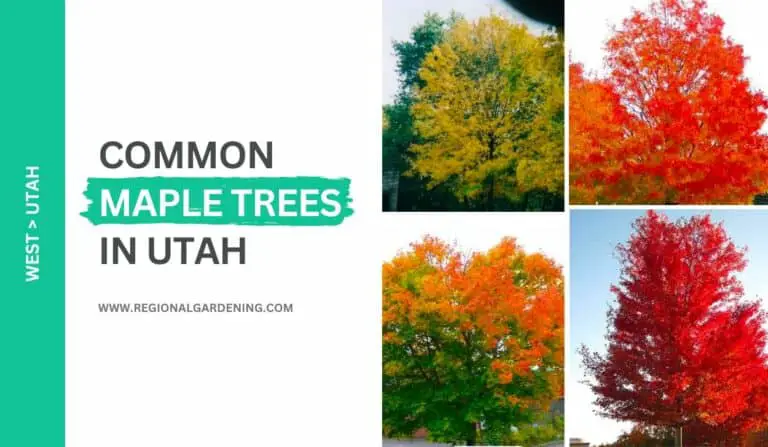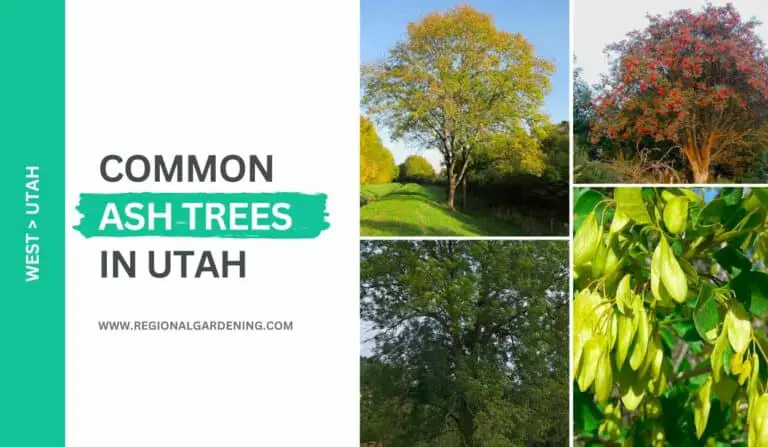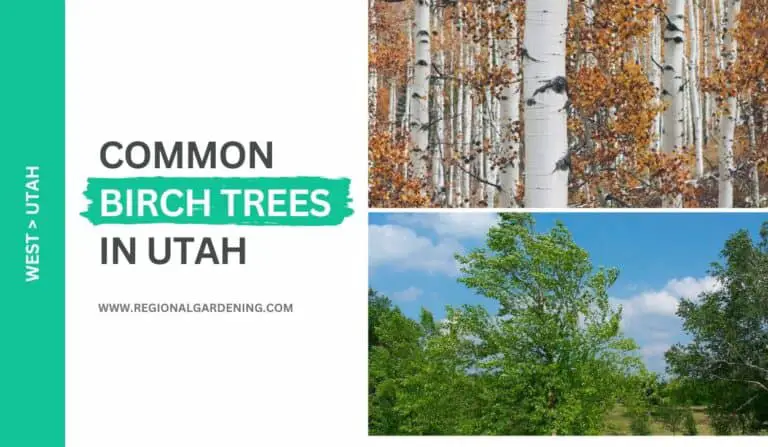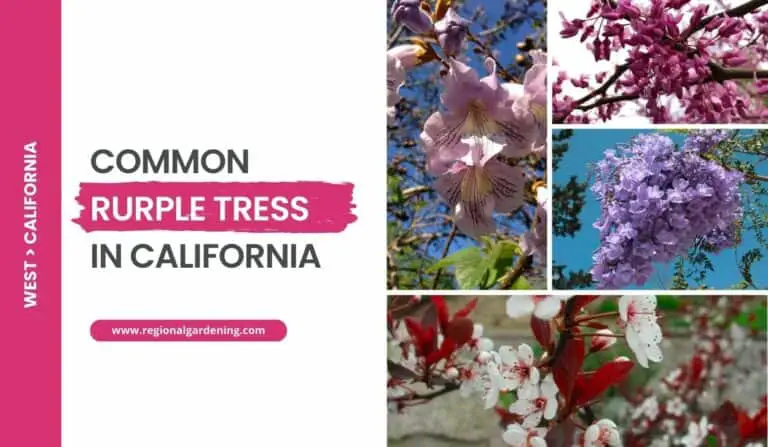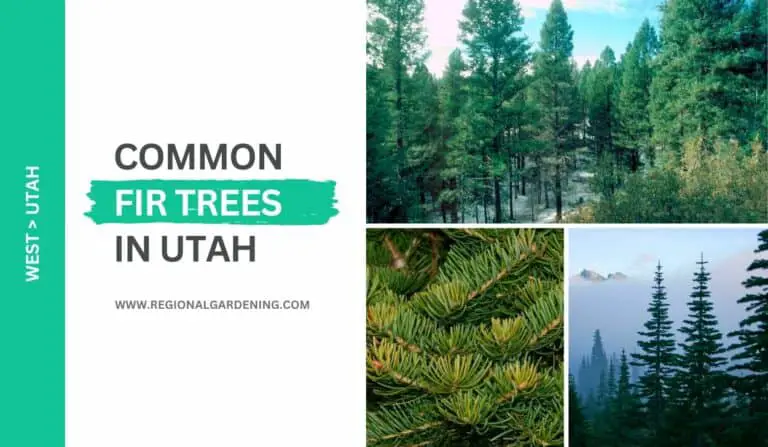2 Native Hemlock Trees In California (Pictures & Identification)

Even though hemlock trees aren’t very common in California, there are still some places where they grow naturally. And, like all native trees, hemlock trees play an important role in the state’s ecosystem.
In this article, we will look at two of the native hemlock trees in California, including identification, native range, habitat, and uses. Before proceeding, keep in mind that hemlock trees are highly poisonous, so use caution when dealing with them.
So, let’s get started.
1. Mountain Hemlock
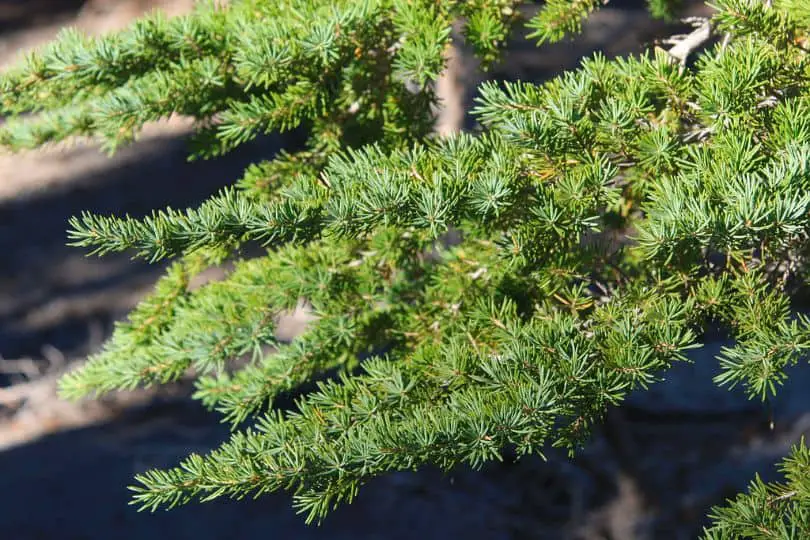
- Common Name: Mountain Hemlock
- Scientific Name: Tsuga mertensiana
- Flowers: Cones
- Uses: Lumber, pulp, poles, pilings, etc.
The Mountain Hemlock is a magnificent tree with a single trunk that can grow up to 30 meters in height and 75 to 90 centimeters in circumference.
The Alpine County specimen is the largest of its kind and is 34 meters in height and 2.2 meters in diameter. Tapered trunks and conical crowns with low-lying branches characterize trees cultivated in the open.
The thick, triangular leaves of the Mountain Hemlock grow out in all directions, measure between 6 and 25 mm in length, and have a uniform blue-green color. Each leaf has a stomatal bloom on every surface.
The mature cones of this tree change color from purple to brown and measure between 2.5 and 7.5 centimeters in diameter. Its scales are leathery, thin, and have smooth margins.
The Mountain Hemlock is native to the western United States and Canada. It grows in subalpine coniferous forests and woods between 1,200 and 3,500 meters in elevation, from southeast Alaska to the middle Sierra Nevada.
Even though it can live in the shade, this tree is very likely to die from fire, wind, or fungi. It can be turned into a variety of products, including lumber, pulp, poles, and pilings.
2. Western Hemlock
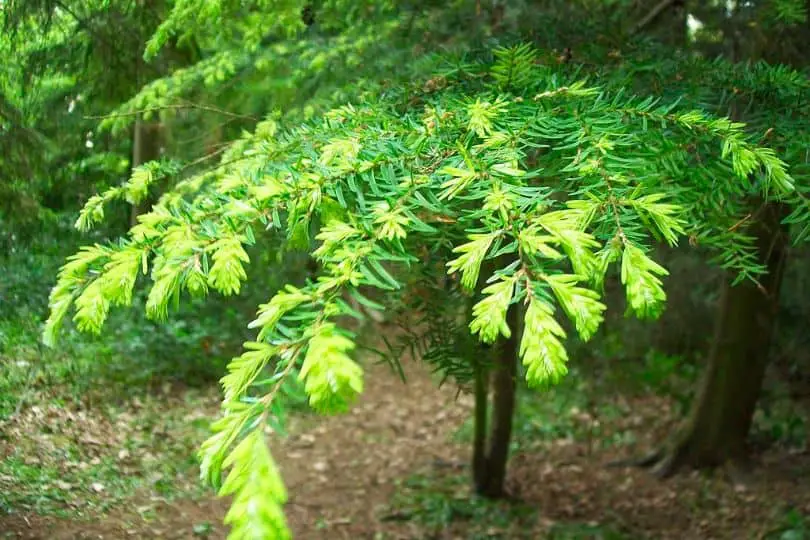
- Common Name: Western Hemlock
- Scientific Name: Tsuga heterophylla
- Flowers: Cones
- Uses: Lumper, Pulp, Railroad tiles, leather, etc.
The Western hemlock is a majestic tree with a narrow, short conical crown and drooping leaders and branches that grow tall on a single trunk. The largest one we know of is in Olympic National Park. It stands 53 meters tall and is 2.7 meters across.
The tree can reach a height of 45 meters. The linear, flat, petiolate, and grooved-above leaves of this tree grow in drooping sprays. The cones range from rectangular to egg-shaped and have leathery scales and either smooth or wavy, thinly margined edges.
The Western Hemlock lives in the coastal and mountain coniferous forests of the Pacific Northwest and Alaska, from the middle of Idaho to the middle of British Columbia in the north.
This tree does well in a wide range of light levels and is thought to be self-replacing in its native range. The weak roots make this plant susceptible to fire, rot, and dwarf mistletoe, and it is easily uprooted by snow and wind.
Lumber, pulp, poles, pilings, and railroad ties are just some of the many products that may be crafted from this versatile tree.
Mammals such as deer, elk, rabbits, mice, and beavers graze on seedlings and young trees all the time. Additionally, the tannin in the outer bark has also been used for tanning leather.
Native Hemlock Trees In California – Frequently Asked Questions (FAQs)
Here are some of the most frequently asked questions related to native hemlock trees in California that come up on forums and discussion channels where people talk about plants and trees.
Are there hemlock trees in California?
Although not common, hemlock trees can be found in Californian landscapes. In fact, the two varieties, Mountain Hemlock, and Western Hemlock are native to certain regions of the Golden State.
Is poison hemlock native to California?
Poison hemlock is a species native to Europe. However, they are quite naturalized in North America, and you can spot them in many conifer forests in California.
Are hemlock trees in California toxic?
All parts of hemlock trees in California are toxic to both humans and animals. Botanists discovered that even dried and dead cones tend to have poisoning that lasts for three years. So, you must take care while handling these trees in general.
Similar Articles
- Native Pine Trees In California
- Native Cypress Trees In California
- Native Birch Trees In California
- Native Cedar Trees In California
- Native Maple Trees In California
- Native Oak Trees In California
- Native Spruce Trees In California
- Native Alder Trees In California
- Common White Bark Trees In California
- Native Fir Trees In California
- Native Juniper Trees In California
- Native Manzanita Trees In California
- Native Ash Trees In California
- Common Purple Trees In California
Sources
The Regional Gardening team makes sure that the information in our articles is accurate by only using sources that are known to be trustworthy. Some of these sources are peer-reviewed journals from government agencies, well-known universities, and scientific research organizations.
- California Forests, University Of California
- California Native Plant Society
- Native Plants, California Department Of Fish & Wildlife
- California Natural Diversity Database


